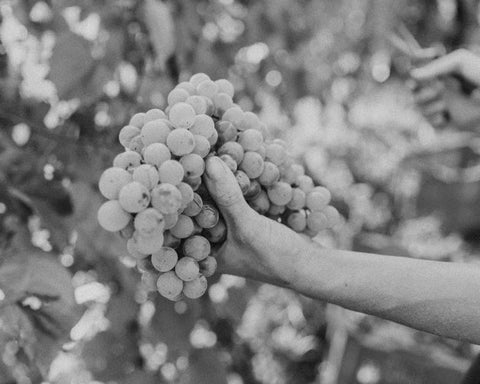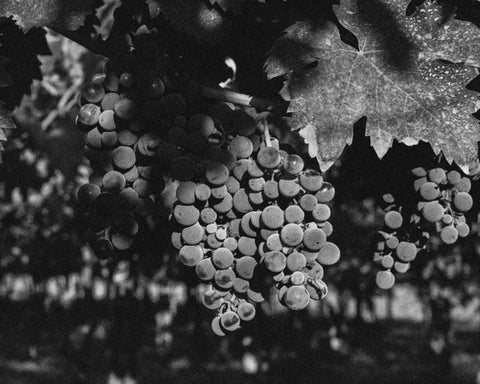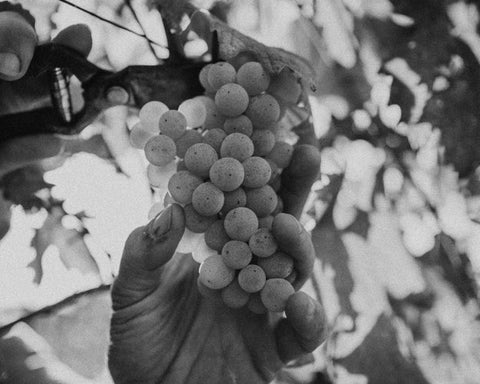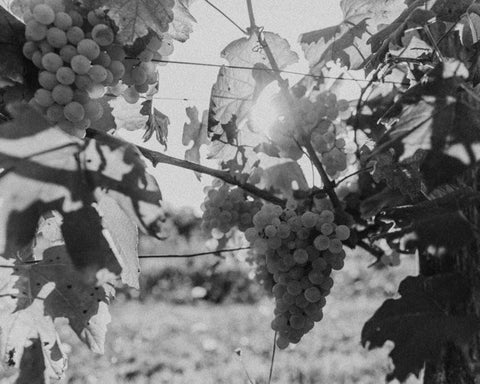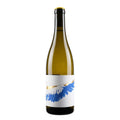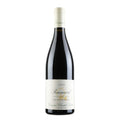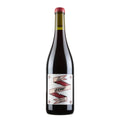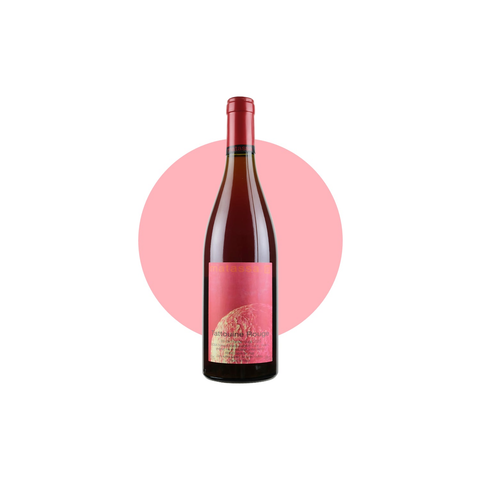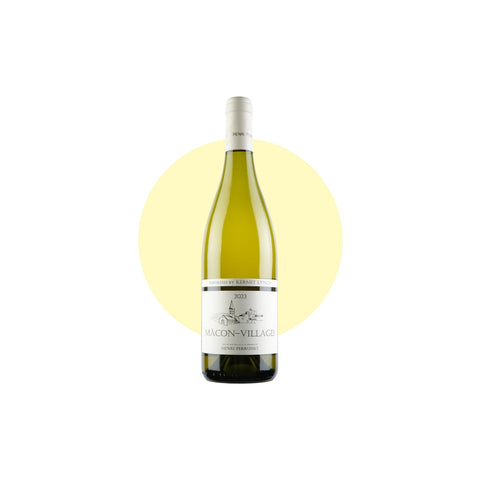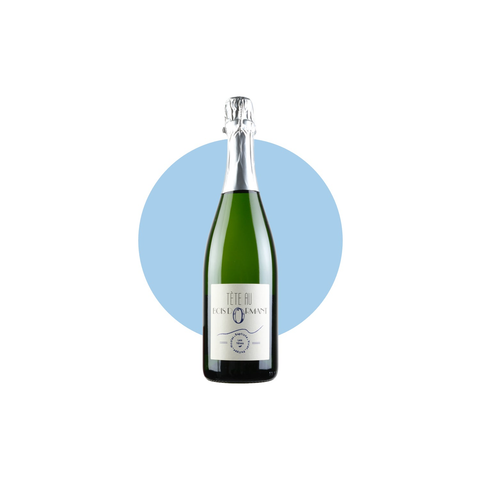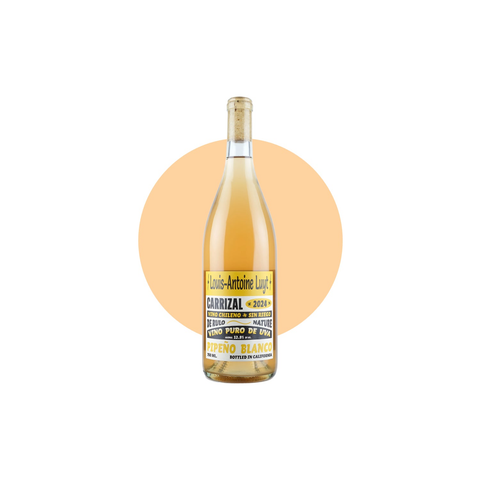Mount Etna is Europe's largest active volcano, standing 3,330 meters tall on the northeastern coast of Sicily, approximately 35 kilometers from Catania. The Etna DOC, established in August 1968, was Sicily's first Denominazione di Origine Controllata and covers vineyards on the volcano's northern, eastern, and southern slopes. The production zone spans 20 municipalities, including Randazzo, Castiglione di Sicilia, Linguaglossa, Piedimonte Etneo, Solicchiata, Milo, and Viagrande, with 133 designated contrade (geographical subzones) recognized as of 2022.
Etna vineyards are situated between 450 and 1,100 meters above sea level, representing some of Italy's highest-altitude vineyards. The DOC regulations establish different altitude limits across contrade, with some areas capped at 600 meters and others extending to 1,000 meters. The volcanic soils consist of decomposed lava, ash, sand, and lapilli (volcanic stones 2mm to 3cm in diameter). These nutrient-poor, mineral-rich soils are regularly refreshed by eruptions, which occur approximately 50 times annually. Soil composition varies by contrada based on individual lava flows from different eruptions throughout the volcano's history.
The region experiences a continental microclimate distinct from Sicily's Mediterranean climate. High altitude and proximity to the Mediterranean Sea create significant diurnal temperature variation. The eastern slopes receive the highest precipitation levels, sometimes reaching 2,000mm annually. Harvest typically extends into late October and early November due to the cooler growing conditions.
Etna Rosso DOC requires minimum 80% Nerello Mascalese with up to 20% Nerello Cappuccio (also called Nerello Mantellato), plus up to 10% other varieties. Wines must reach a minimum of 12.5% alcohol. Riserva designation requires 13% alcohol and four years aging with at least one year in wood.
Etna Bianco DOC consists of minimum 60% Carricante with up to 40% Catarratto, Minnella Bianca, Grecanico, or Trebbiano. Etna Bianco Superiore, produced exclusively in Milo commune, requires minimum 80% Carricante with up to 20% Catarratto or Minnella.
Carricante is indigenous to Mount Etna and produces wines with high acidity, mineral character, and aging potential. Nerello Mascalese, also indigenous to the region, creates light-bodied red wines with ruby color, floral aromatics, red fruit flavors, and volcanic minerality.
Viticulture on Mount Etna dates to antiquity, with Greeks introducing grape varieties and vinification techniques between 1,800 and 500 B.C. The region peaked in the late 19th century with approximately 52,000 hectares under vine, producing wine primarily for bulk export. Phylloxera, lava flows, and economic factors led to widespread abandonment of vineyards in the 20th century. Many pre-phylloxera vines survived, remaining ungrafted on original rootstocks.
The modern era began in 1988 when Giuseppe Benanti established Tenuta di Castiglione, working with winemaker Salvo Foti and consultants from Piedmont and Burgundy. Benanti's focus on indigenous varieties and quality production established foundations for the region's revival.
The early 2000s brought renewed investment to Mount Etna's northern slopes. Andrea Franchetti founded Passopisciaro in 2000, purchasing abandoned vineyards and producing contrada-specific wines. Marc de Grazia established Tenuta delle Terre Nere in 2001, releasing the 2002 Etna Rosso Guardiola, the first officially labeled contrada wine. Frank Cornelissen, a Belgian winemaker, arrived during this period, focusing on natural winemaking techniques.
Alberto Graci founded his eponymous winery in 2004 in the Passopisciaro village, producing the first contrada-specific Etna Bianco from Arcurìa in 2011. Historic estates, including Barone di Villagrande and Girolamo Russo, contributed century-old vineyards to the region's reputation. Planeta, a major Sicilian producer with estates across the island, purchased Etna vineyards in 2008. In 2017, the Gaja family partnered with Alberto Aiello Graci, acquiring 27 acres in Biancavilla on the southwestern slopes.
Other established producers include Pietradolce, Cottanera, I Vigneri di Salvo Foti, Biondi, Donnafugata, Tasca d'Almerita, and Firriato. The region currently supports 166 wineries across approximately 1,100 hectares.
The contrade system, officially recognized in 2011, designates specific vineyard areas with distinct soil composition, geology, microclimate, and sun exposure. Each contrada was formed by different lava flows, creating unique terroir characteristics. Producers may label wines with contrada names if grapes originate from these designated areas and meet DOC altitude requirements. Wines from vineyards outside DOC boundaries carry Terre Siciliane IGT or Sicilia DOC designations.
As of 2019, Etna Consorzio regulations require DOC certification for any wine labeled "Etna" on the front label. The region produces predominantly red wines, along with increasing quantities of white wines and rosatos. Traditional winemaking employed palmento (lava stone fermentation vessels), which were banned by EU hygiene regulations in 1997. Modern production uses stainless steel, cement, and large oak casks, with restrained new-oak use to preserve aromatic profiles. Etna Rosso DOC requires a minimum of 80% Nerello Mascalese with up to 20% Nerello Cappuccio (also called Nerello Mantellato), plus up to 10% other varieties. Etna Bianco DOC consists of a minimum of 60% Carricante with up to 40% Catarratto, Minnella Bianca, Grecanico, or Trebbiano.
